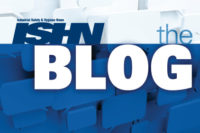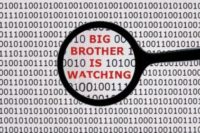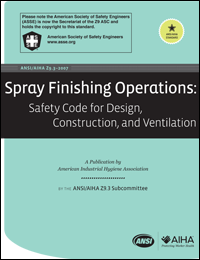National Electrical Safety Code changes coming
July 2018 is the deadline for submissions

IEEE and the IEEE Standards Association (IEEE-SA) conducted a National Electrical Safety Code® (NESC®) Change Proposal Workshop in April 2018 in Savannah, Georgia. The NESC has been in continuous use since August 1914 and is the authoritative code for ensuring the safeguarding of employees and utility facilities during the installation, operation and maintenance of electric supply and communication facilities.
The 2022 NESC Revision Submission period opened April 2, 2018, with a deadline of July 16, 2018. Stakeholders are invited to submit edits, changes, and additions for the NESC in order to be considered for inclusion in the 2022 edition, which will be released in August 2021.
The IEEE-SA NESC Change Proposal Workshop explored some of the latest innovations and impacts in technical areas such as distributed generation, 5G, the Internet of Things (IoT), resiliency, and energy storage, according to an IEEE press release.
Workshop sessions included:
- Powering the Internet of Things: IoT based on wired ethernet is attractive where line powering is desired and location is fixed. Recent developments in IEEE 802.3 standards for 4 pair power over ethernet to deliver more power, and new standards for single-pair ethernet transmission, such as single-pair powering were discussed, including applications and implications for safety.
- Evolution to 5G: 5G will provide the next-generation of higher speeds and lower latency for customers. The standards are set to lay the foundation for the evolution to 5G. Densely deployed small cells (Pico Cells, LTE & 5G mmWAVE) have become a critical component for delivering a high performing wireless network by helping to address both capacity and coverage concerns.
- Arc flash: NESC Subcommittee 8 leadership presented information on draft change proposals on arc flash tables and work rules for generation, impacting Part 4 of the NESC.
- Resiliency: The meaning of “resiliency” was discussed, as well a description of current efforts to address this topic by various standards development organizations, government agencies, trade associations, and subject matter experts will be presented.
“We must also modernize procedures that engage stakeholders in new ways,” said Nelson Bingel, chair of the NESC. “By encouraging a broader level of participation to improve the code through innovations such as the NESC mobile app and online learning courses, the NESC can better address emerging technologies in a rapidly changing landscape and maintain focus on balancing the paramount principle of safety,” stated Bingel in a press release.
eLearning courses
The IEEE Standards University recently included additional NESC educational content to support development of the NESC, bringing a total of seven online courses available that address the NESC. The two new eLearnings recently added to the IEEE Xplore digital library are:
- Safety Rules of the Installation and Maintenance of Underground Electric Supply
- Safety Rules for Installation and Maintenance of Overhead Electric Supply
Mobile app
The 2017 version of the NESC can be accessed using a mobile app. The IEEE NESC 2017 App for iOS, Android, and Windows, providing easy access to the code via a mobile device or tablet. Rule 410A3 of the 2017 NESC included new requirements and exceptions for protecting workers with arc-rated clothing and equipment. Rule 420K included new requirements for the use of fall protection equipment.
Looking for a reprint of this article?
From high-res PDFs to custom plaques, order your copy today!







